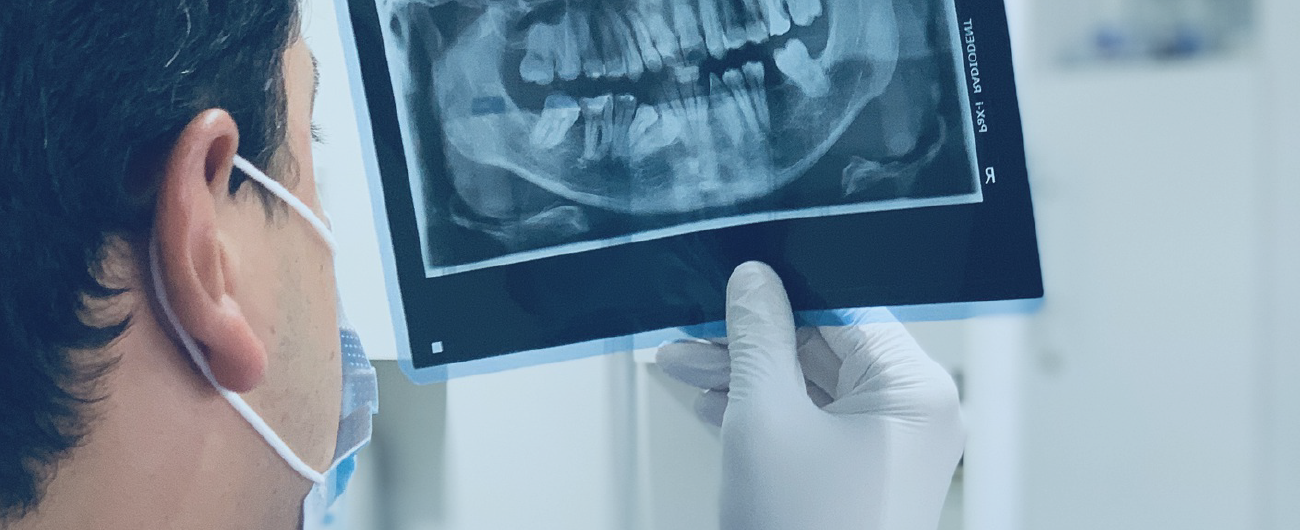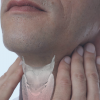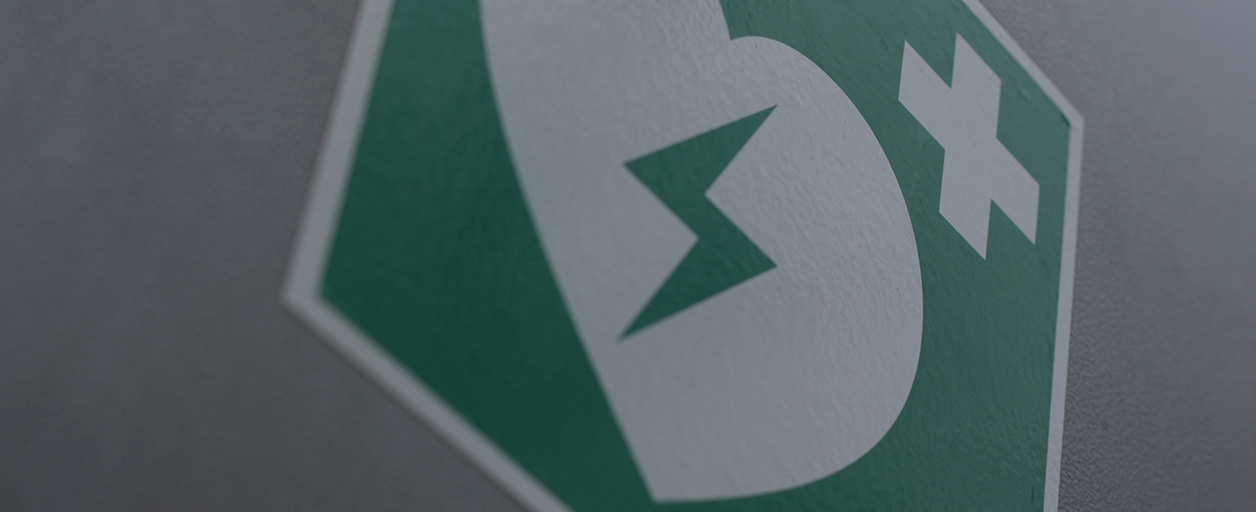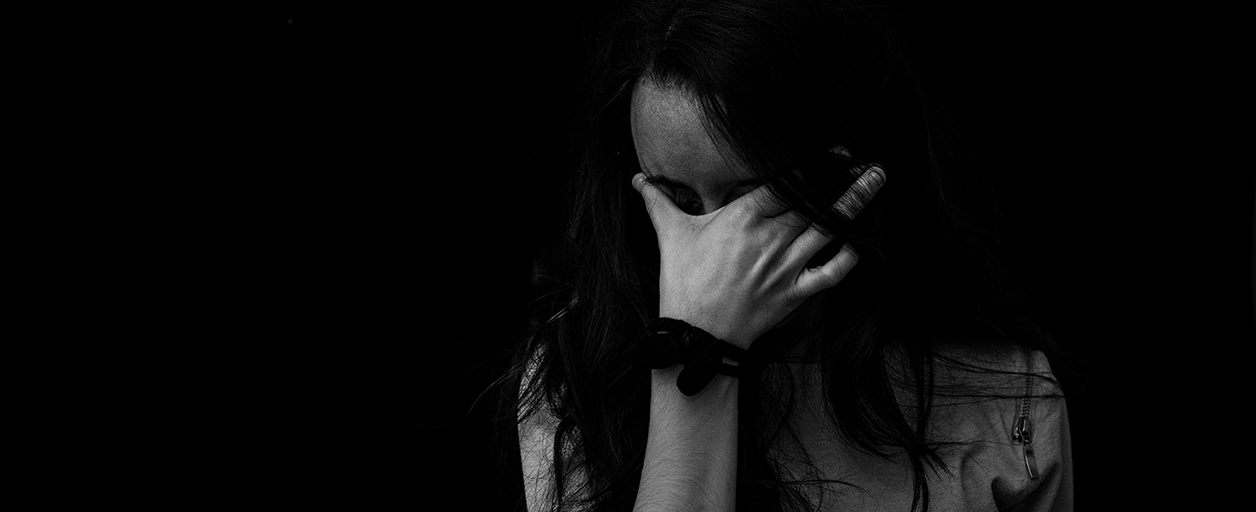It is one of the main questions that patients ask me, especially when they are accompanied by their children: when should I bring my child? The American Orthodontic Association recommends the first visit and complete examination with the orthodontist at the age of 7, but that is false because we must wait for the eruption of all teeth to visit us for the first time.
So why at 7 years old? At this age, the first permanent molars should normally be in the mouth, which establishes the posterior occlusion and it is possible to assess the anteroposterior and transverse relationship of the maxillae. In addition, the upper incisors have begun to erupt and problems of lack of space, bad habits, deep bite, open bite, etc. can be detected.
Before this age, parents usually only attend to the oral hygiene needs of their children, without knowing that beyond cavities or “crooked” teeth, their children may have problems or alterations that can be corrected with orthodontics from an early age.
We call this orthopedics or interceptive orthodontics. This is aimed at correcting deviations that are occurring in the growth and development of children and that can still be treated to guide their evolution. It also serves to prevent the growth of the craniofacial complex from developing abnormally. This first stage, which we can also know as the first phase, normally lasts for 1 year.
Its applications have to do with both the teeth and the entire mandibular complex and usually involve fixed and/or removable appliances that avoid a complication of the problem, including braces or orthopedic appliances.
It is important to take into account that each child and her development is different since it depends on the habits and lifestyle they have. That does not mean that when visiting the orthodontist at this age it is mandatory to start with some treatment, but by using diagnostic aids such as panoramic radiography, lateral skull, study models, photos, among others, we can achieve the certainty of what is It must be carried out with the patient in question, and above all, have tools to explain to the parents the fundamentals of the suggested treatment if it is necessary to carry out one.
In conclusion, we can say that the orthodontist can help in the growth of the maxilla and mandibular, as well as guide the teeth not yet erupted so that they grow in a correct position, which can also prevent or correct bone and dental problems that occur during tooth development and eruption.
Always remember to go to specialist doctors and not put your health or that of your children at risk.
Dr. Sandra Luz Castillo Enríquez
Specialist in orthodontics and maxillary orthopedics
CuidaMex professional staff








